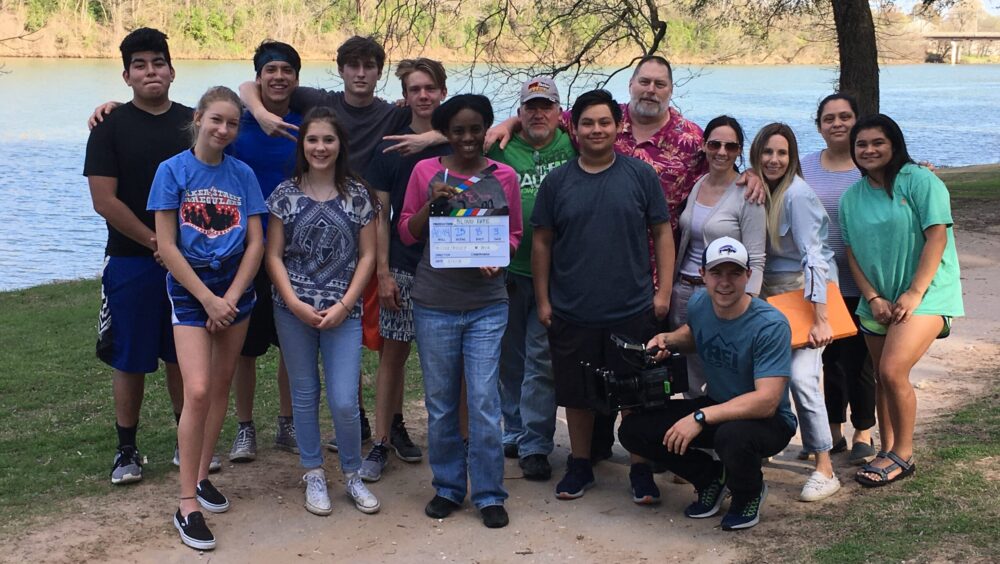GodZone's Great Solar Extravaganzas
Contact by phone: (254) 300-1685
Contact by Email: [email protected]
Contact by Facebook: https://www.facebook.coextravaganzasm/GodZones.great.solar.
Tickets are also available through Eventbrite: Tickets
GodZone’s Great Solar Extravaganza
April 7 & 8, 2024
Sunday, April 7, 2024
● 5 pm Live music with Hunter Erwin
● 6 pm Live music with The 10th Leper Band
● Indoor Restrooms are available from 10 am Sunday, April 7th, through 4 pm Monday, April 8th. (No Shower Available)
● Indoor Dining Area
● Venders.
● RV space rental (No hookups available) 20x20 $175 for the event.
● RV space rental (No hookups available) 20x40 $300 for the event.
● Tent/car space rental (No hookups available) 10x10 $125 for the event.
Solar eclipse of April 8, 2024
From Wikipedia, the free encyclopedia
This article is about the 2024 total solar eclipse dubbed "the Great North American Eclipse". For the 2017 total solar eclipse dubbed
"the Great American Eclipse", see Solar eclipse of August 21, 2017.
Solar eclipse of April 8, 2024
Map
Type of eclipse
Nature Total
Gamma 0.3431
Magnitude 1.0566
Maximum eclipse
Duration 268 sec (4 m 28 s)
Location Nazas, Mexico
Coordinates 25.3°N 104.1°W
Max. width of band 198 km (123 mi)
Times (UTC)
(P1) Partial begin 15:42:07
(U1) Total begin 16:38:44
Greatest eclipse 18:18:29
(U4) Total end 19:55:29
(P4) Partial end 20:52:14
References
Saros 139 (30 of 71)
Catalog # (SE5000) 9561
A total solar eclipse will take place at the Moon's ascending node on Monday, April 8, 2024, visible across North America and
dubbed the Great North American Eclipse (also Great American Total Solar Eclipse and Great American Eclipse) by some of the
media.[1][2][3] A solar eclipse occurs when the Moon passes between Earth and the Sun, thereby obscuring the image of the Sun
for a viewer on Earth. A total solar eclipse occurs when the Moon's apparent diameter is larger than the Sun's, blocking all direct
sunlight, turning day into darkness. Totality occurs only in a narrow path across Earth's surface, with the partial solar eclipse visible
over a surrounding region thousands of kilometres wide.
Occurring only one day after perigee (perigee on Sunday, April 7, 2024), the Moon's apparent diameter will be 5.5% larger than
average. With a magnitude of 1.0566, its longest duration of totality will be of four minutes and 28.13 seconds near the town of
Nazas, Mexico (~6 km north), and the nearby city of Torreón.
This eclipse will be the first total solar eclipse to be visible in the provinces of Canada since February 26, 1979,[4][5] the first in
Mexico since July 11, 1991,[6] and the first in the U.S. since August 21, 2017. It will be the only total solar eclipse in the 21st century
where totality will be visible in Mexico, the United States, and Canada.[7] It will also be the last total solar eclipse visible in the
Contiguous United States until August 23, 2044.


